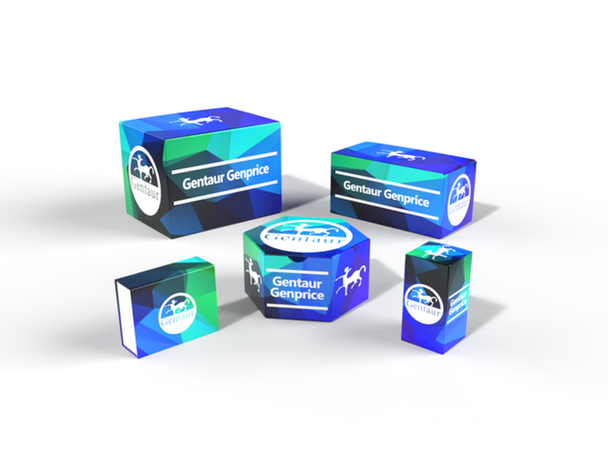Description
VCL polyclonal Antibody | BS1700 | Gentaur UK, US & Europe Distribution
Host: Rabbit
Reactivity: Human
Application: WB
Application Range: WB: 1:500~1:1000
Background: Vinculin is a cytoskeletal protein that plays an important role in the regulation of focal adhesions and embryonic development. Three structural vinculin domains include an amino-terminal head, a short, flexible proline-rich region and a carboxy-terminal tail . In the inactive state, the head and tail domains of vinculin interact to form a closed confirmation. The open and active form of vinculin translocates to focal adhesions where it is thought to be involved in anchoring F-actin to the membrane and regulation of cell migration. Phospholipid binding to the tail domain and subsequent phosphorylation of vinculin at Ser1033 and Ser1045 by PKC-α and Tyr100 and Tyr1065 by Src kinases weakens the head-tail interaction. This change in vinculin allows the binding of a number of other proteins, including talin, α-actinin and paxillin, which disrupts the head-tail interaction and initiates the conformational change from the inactive to active state. Vinculin deficiencies are associated with a decrease in cell adhesion and an increase in cell motility, suggesting a possible role in metastatic growth. This is supported by a demonstrated relationship between decreased vinculin expression and increased carcinogenesis and metastasis in colorectal carcinoma.
Storage & Stability: Store at 4°C short term. Aliquot and store at -20°C long term. Avoid freeze-thaw cycles.
Specificity: VCL polyclonal Antibody detects endogenous levels of VCL protein.
Molecular Weight: ~ 130kDa
Note: For research use only, not for use in diagnostic procedure.
Alternative Names: Vinculin;Metavinculin;MV;VCL
Immunogen: Synthetic peptide, corresponding to Human VCL.
Conjugate: Unconjugated
Modification: Unmodification
Purification & Purity: The Antibody was affinity-purified from rabbit antiserum by affinity-chromatography using epitope-specific immunogen and the purity is > 95% (by SDS-PAGE) .
Pathway: Notch Signaling,Contribution of Soluble Factors to EMT,






